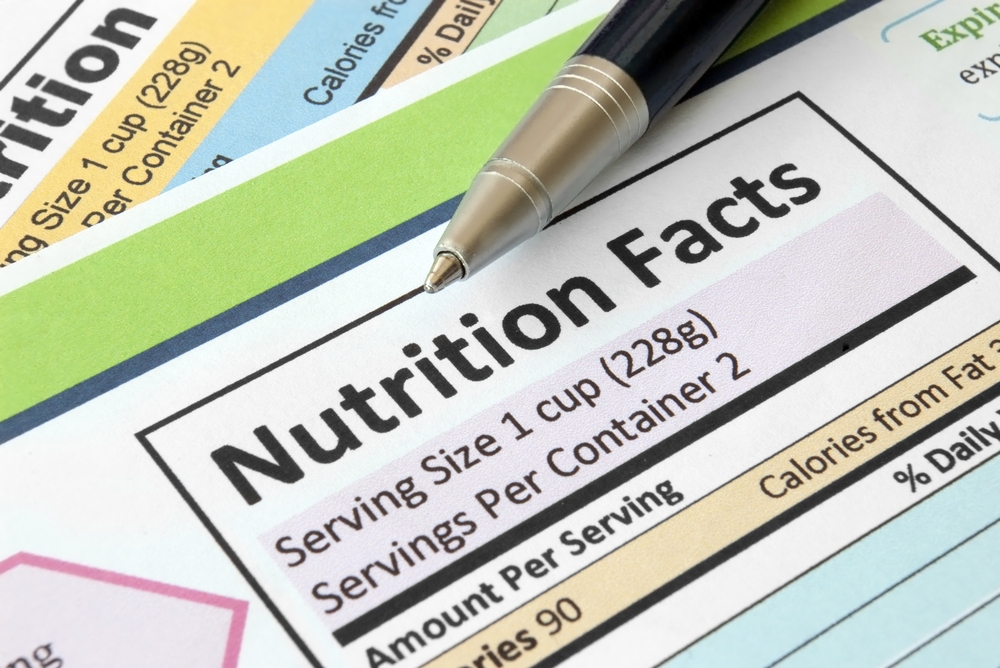
Posted on February 03, 2025
Late 2024 saw a spate of news articles calling out the ultraprocessed, fried and sugary foods that are, among others, staples of the Standard American Diet. Aptly nicknamed “SAD,” this eating pattern seems to be a culprit in the deterioration of our national health. According to a frequently-quoted study, SAD is linked to 32 negative health outcomes for an estimated $50.4 billion in annual healthcare expenses.
In a move reminiscent of the early tobacco lawsuits, a teenager recently made history by suing eleven large food companies, alleging they caused the type 2 diabetes and non-alcoholic fatty liver disease that resulted from his eating unhealthy foods that are intentionally designed to be addictive and are marketed to kids.
After the presidential election, Robert F. Kennedy Jr., the President’s controversial choice to head Health and Human Services, received little pushback when he attacked the Food and Drug Administration (FDA) for enabling the introduction of unsafe ingredients into our food supply.
With a variety of voices demanding change, it’s time we addressed this.
I remember when food was food, not a “food product.” My mother brought her food attitudes with her when she moved from her rural Minnesota hometown to the Virginia suburb where I grew up. I vividly recall her studying a soup can label and asking aloud why anyone would eat something they couldn’t pronounce. She made her own salad dressings, mayonnaise and spaghetti (not yet called pasta) sauce. She bought olives and stuffed grape leaves from a Greek deli, and our bread came from a local bakery.
As the country’s population spread, the agricultural and food industries wanted to ship foods greater distances without spoilage. To do this, they stripped out certain parts of foods, like the bran and germ of whole grains, and added other ingredients like preservatives.
When the low-fat movement of the 1970s came along, the food companies did not distinguish between healthy and unhealthy fats, replacing both with refined carbohydrates and manufactured ingredients. They made food products hyperpalatable or hypercraveable and difficult to resist. These were not only tasty but convenient and inexpensive, too. As these changes took place, SAD was born and is now spreading throughout the world.
The FDA recently updated its criteria for what food manufacturers can call “healthy” and has proposed front-of-package labels for fat, sugar and salt. These are hopeful signs, but it will take a lot more to fix our food system.
Meanwhile, it’s hard to know where to turn and what and whom to trust. Information abounds, but it’s confusing. The NOVA system categorizes foods by their processing level, but critics say it oversimplifies. Some books and articles overcomplicate it. We shouldn’t have to become food sleuths to sort this out.
Acclaimed food writer Michael Pollan states what must be the simplest formula for healthy eating: “Eat food. Not too much. Mostly plants.” He expands on these principles in Food Rules, an easy-to-read book I recommend.
But there is more to it than deciding what to eat. To overcome the tug of old habits, we need to approach this in a way that will turn new behaviors into an enduring lifestyle. Here are some suggestions for what to do and how:
What to Do
• Avoid foods with many ingredients you can’t identify or pronounce.
• Avoid foods with sugar (clue: words ending in “ose” like dextrose and sucrose) near the top of the ingredient list.
• Beware of foods making health claims (like those in the snack bar aisle).
• Eat foods such as nuts, vegetables and fruits (organic, if possible) that appear in nature even if they are minimally processed by being pre-cut, bagged or frozen.
• Make the meat you eat grass-fed rather than grain-fed.
• Cook with extra virgin olive oil or avocado oil.
• Eat bread (another with tricky labeling) with whole wheat as the only, or primary, grain.
How to Do It
• Take small steps, improving one meal – or one ingredient like sugar – at a time.
• Plan by making a grocery list and sticking to it.
• Make it easier by ridding your home of unhealthy foods.
• Watch portion size.
• Eat slowly and stop when you’re 80% full.
• Minimize snacking.
• Avoid after-dinner eating.
• Avoid eating for reasons besides hunger.
• Cook at home for ingredient control.
• Enjoy treats on special (not regular) occasions.
By returning to an older, healthier eating style – by making food our medicine – we will do two important things. We will improve our health and register our vote against the dietary pattern that is making us, as a nation, so sick.